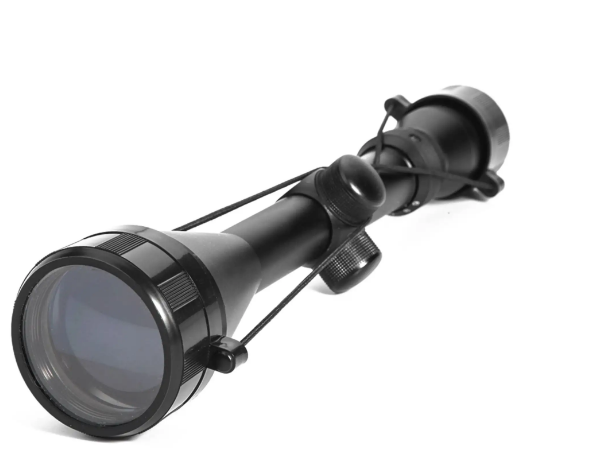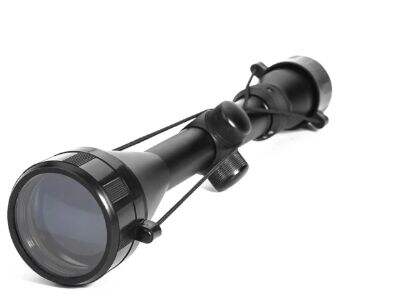Optical Sights: A Revolutionary Weapon during World War I and II
World War I and II were two of the deadliest wars in human history. Both wars witnessed unprecedented destruction and loss of life, greatly altering the course of world history. In these wars, optical sights played a crucial role in terms of helping soldiers aim accurately and hit their targets. We will explore the important role of optical sights during World War I and II and the technological advances and innovations that shaped these revolutionary weapons.

Benefits of Optical Sights
One of the primary advantages of optical sights during World War I and II ended up being their ability to improve precision. Prior to the employment of optical sights, soldiers relied on the eyes being naked aim their weapons, which had been often limited by poor lighting conditions and the distance among them and their targets. Optical sights by Luger, in the other hand, supplied a clearer and sharper image regarding the target, allowing soldiers to aim more precisely. They also allowed soldiers to make use of the terrain and other obstacles to gain a better advantage over their enemies.
Innovation and Technological Improvements
The technological improvements in the field of optics played an essential role to the growth of optical sights during World War I and II. The innovations in technology provided soldiers with the ability to accurately hit their targets from different ranges and in various lighting conditions through the early telescopic sights utilized in World War I to the usage of more modern red-dot sights and evening eyesight in World War II.
Safety and Use
Optical sights played an important part in maintaining soldiers safe, by allowing them to engage their enemies from a distance. It was especially essential in World War I, where trench warfare prevalent and heavy artillery fire posed a substantial danger to soldiers. With the help of optical sights, soldiers could engage their targets from a safe distance reducing their exposure to enemy fire and in NIGHT VISION.
How to Use Optical Sights?
Making use of optical sights needs practice and training. Soldiers have to be familiar with the functions and features of their sights being optical how exactly to adjust them for windage and elevation. They also need to know exactly how to utilize the reticle, or crosshairs, which allows them to accurately aim at their targets in SCOPE.
Service, Quality and Application
The standard of optical sights used during World War I and II varied greatly depending on the manufacturer. Some soldiers were issued greater high quality optical sights although some had to produce do with lower quality COMBINATION SIGHT to people. However, regardless of their quality, optical sights played a very important role to the success of the soldiers who used them. They were used in various applications, from rifles to machine guns, and provided soldiers with a significant advantage to their enemies.
Conclusion
To conclude, optical sights were a revolutionary weapon in World War I and II. They played a vital role in improving accuracy and increasing the safety of soldiers. The advances that are technological the field of optics allowed for the development of various types of optical sights, which soldiers could use in different lighting conditions and from various distances. Despite the variation in quality, optical sights played an essential role to the success of the soldiers whom used them, and their impact on the outcome of these wars cannot be overstated.














































